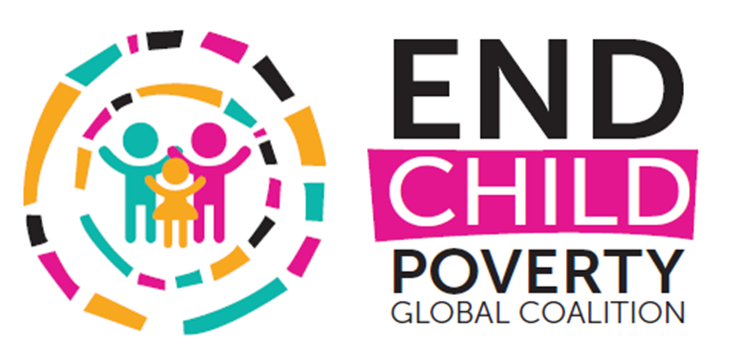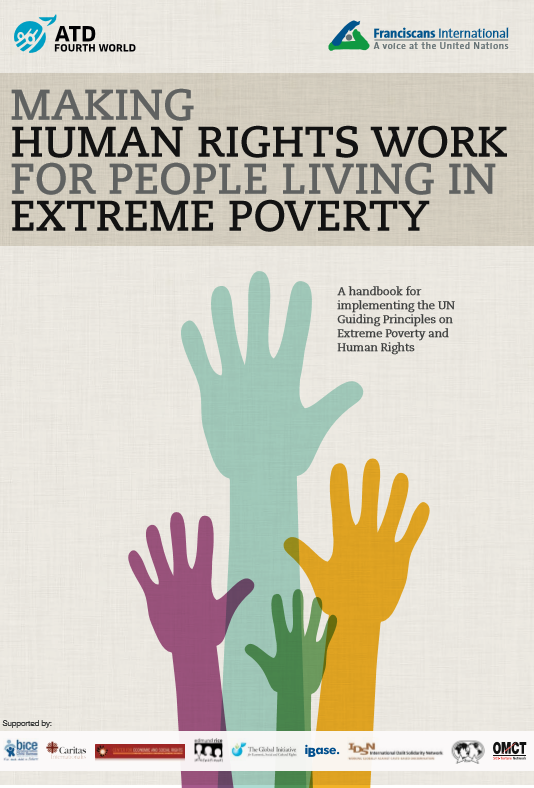Blog by Janet Nelson, Vice-President, ATD Fourth World
For decades, the prevailing assumption was that economic development would ultimately enable all members of society to reach an adequate standard of living – while some people might still live in poverty, in time access to education and healthcare would enable their children to move up the social ladder.
But by the 1990s, it had become clear that there were population groups for whom that optimistic view did not work – some groups seemed to remain stuck in deep poverty. At the urging of NGOs, the UN Commission on Human Rights (now the Human Rights Council) began examining the relationship between extreme poverty and human rights and appointed a Special Rapporteur on the topic: the Argentine human rights expert, Leandro Despouy. In the report that he presented to the Council in 1996, he affirmed that extreme poverty was clearly both the consequence and the cause of multiple human rights violations – not a lack of economic development.
So began a long process of consultations with governments, UN agencies, civil society organizations and people living in extreme poverty, in order to develop Guiding Principles on Extreme Poverty and Human Rights. The final text, drafted by the Chilean expert, Magdalena Sepúlveda Carmona, and adopted in September 2012, was the first international text that clearly recognized the entrenched stigmatization and discrimination that lie at the roots of extreme poverty. It spelled out the main State obligations in relation to people living in extreme poverty, and the actions that can be taken by UN agencies, civil society organizations and businesses to promote and fulfill their rights. And it recognized the importance of involving people living in poverty in the design and implementation of policies and programs that directly affect them.
Human rights language often seems abstract and obtuse for people working at the community level. The International Movement ATD Fourth World and Franciscans International therefore developed a handbook to spell out the concrete implications of the Guiding Principles, with suggestions on how to help local and national authorities implement their obligations under international human rights law. To make the handbook useful in working with a wide range of groups – women, children, minorities, indigenous peoples, migrants, refugees, people with disabilities - in all parts of the world, a first draft was widely shared for comment by people working at the community level.
The final result is articulated in Part I of the handbook: “not a list of every action that can and should be taken. Instead, … [the handbook] presents a guide to what can be done depending on the situation of the people concerned, and the issues that matter the most to them.” It can therefore be of use to academics as well as local actors such as social workers, community organizers, teachers, urban planners, civil society organizations and religious communities.
The handbook was finalized in 2015 and has proven to be a useful tool for some in moving from a charity approach to a human-rights-based approach. And for others, it has brought home the fact that special efforts need to be made to reach those who are the most marginalized, even within societies with high levels of poverty.
For more information, contact intgeneve@atd-quartmonde.org
Download the handbook here

